We’re going to have a chat about a topic that every homeowner deals with, kitchen waste solution.
I reckon each one of us has a crucial role to play in dealing with our kitchen waste more effectively.
As a plumber, I’m pretty familiar with the problems caused by improperly disposed kitchen waste, and I believe it’s high time we address this issue.
Let’s start by mapping out some key areas you might want to focus on:
- Identifying Kitchen Waste Types: Recognise and categorise your waste to manage it better.
- Smart Disposal Methods: Be aware of correct ways to dispose of different kinds of waste.
- Reduce, Reuse, Recycle: Stick to these principles as much as possible to minimise wastage.
- Composting: Turn your organic waste into valuable compost for your garden.
- Thoughtful Shopping: Plan your meals and shop wisely to avoid unnecessary wastage.
- Turning Leftovers into Meals: Get creative with your kitchen scraps and turn them into delicious dishes.
If you take these steps in implementing a kitchen waste solution in your daily life, you not only contribute to solving a global problem, but also benefit personally from reduced waste disposal costs.
Taking Action for a Sustainable Solution
We often overlook the fact that our individual actions can lead to significant results.
The key is making these good habits part of our daily routine.
We all have our roles in creating a better future for our children, and managing kitchen waste effectively is one of them.
Your small effort today could translate into sizable impact tomorrow.
Contents
- Identifying Types of Kitchen Waste
- Proper Sorting and Disposal Methods
- Implementing Reduce, Reuse, Recycle
- Composting: Creating Value from Waste
- Smart Shopping and Meal Planning
- Understanding Food Labels for Preservation
- Turning Leftovers into Delicious Dishes
- Embracing Imperfect Produce and Reducing Waste
- Using Technology to Combat Food Waste
- Community Initiatives and Food Donations
- Policies and Incentives for Managing Waste
- Raising Awareness and Changing Kitchen Behaviours
- Waste No More
Identifying Types of Kitchen Waste
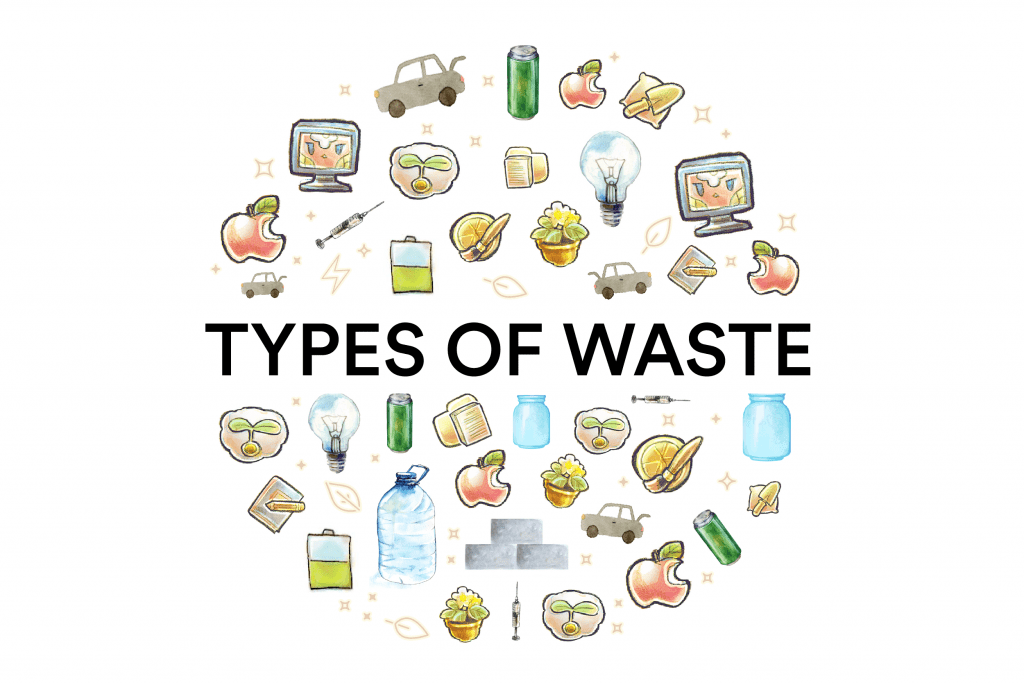
Understanding kitchen waste is pivotal for appropriate disposal. Some common waste items include vegetable peelings, spoiled food products, and paper-based materials.
Other waste may consist of small wooden pieces, coffee grounds, and used filters. Don’t forget about bakery by-products and deli scraps too.
Some waste items are tricky to identify such as plastic containers, cans, or metal materials. These need proper sorting prior to disposal.
You might also find aluminium food packaging and Styrofoam pieces. Even gloves and candy wrappers count as kitchen waste.
Rubber bands, rope and mixed trash are also part of this category. These seemingly harmless items can cause significant environmental harm if not handled properly.
| Type of Waste | Examples | Possible Solutions |
|---|---|---|
| Compostable Materials | Spoiled produce, coffee grounds, trimmings from flowers | Turn into compost |
| Donatable Items | Excess raw food, non-perishable goods, unserved food from deli department | Donate to local pantries or shelters |
| Materials for Animal Feed | Fruits, vegetables, breads | Feed to animals after ensuring cleanliness |
| Inedible Parts | Meat, poultry fish, gravy, cooking grease | Treat as special waste for specific disposal methods |
| Targeted Wastes | Excess food (raw and prepared), perishable goods, unserved food from deli | Donate or compost as appropriate |
| Always identify and sort your waste properly for environmental sustainability. | ||
By identifying these different types of waste, you can make informed decisions about their disposal, from composting to donation.
Proper Sorting and Disposal Methods
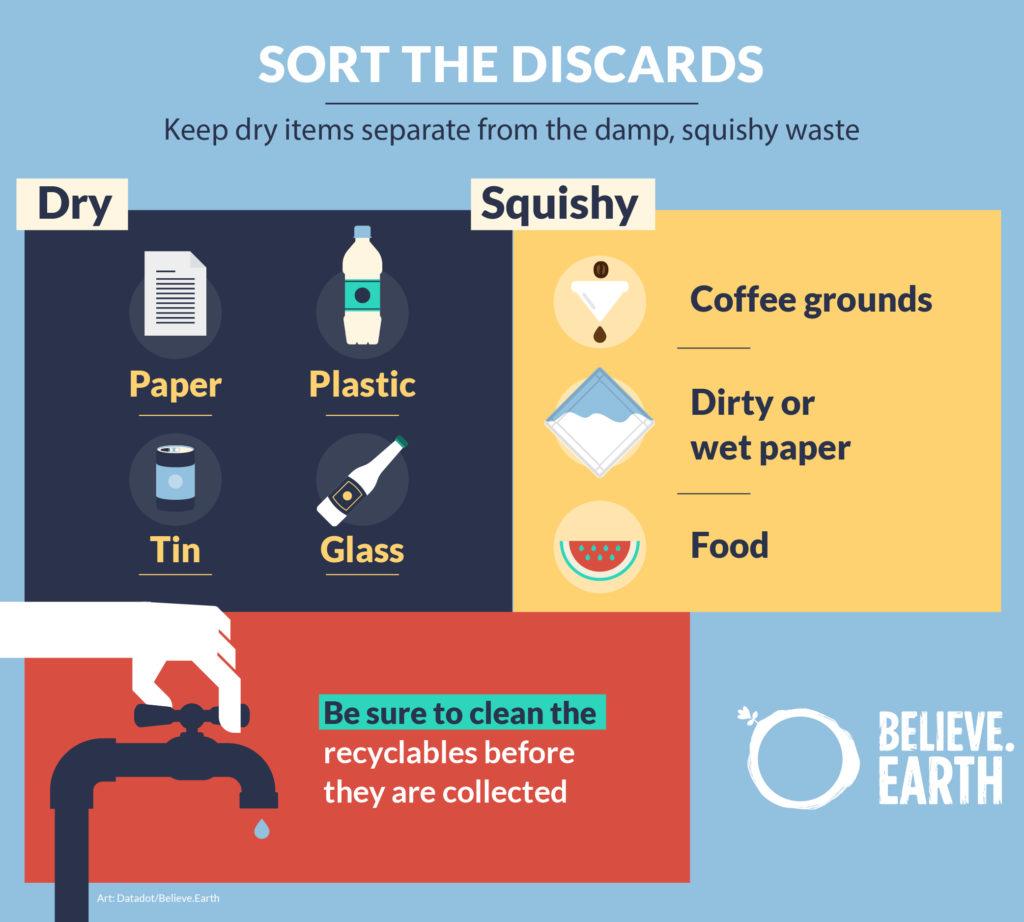
Let’s face it, we all produce rubbish. But what if I told you that waste can be seen as an opportunity rather than a burden?
Remember that report from the House of Lords Science and Technology Committee? It got me thinking about our own role in shaping a healthier environment.
Let’s start with simple steps like proper sorting and recycling. This way, waste can become a resource, stimulating bioeconomy.
Think about your local school or theatre- they likely deal with a substantial amount of cans and bottles. Establishing a solid recycling system there could make a huge difference.
And no, we’re not just talking about recycling paper or plastic bags. There are methods for handling more challenging materials too.
Manual separation, for example, is perfect for removing bulky items before mechanical processing begins. And who knew air could play such an integral role in recycling?
In air separation, low-density materials are blown upwards while denser ones fall. The process depends heavily on the moisture content and strength of air currents.
If you’ve got tougher materials to break apart—say tires or mattresses—you might want to consider size reduction devices like hammer mills and shear shredders.
But don’t forget about those pesky non-ferrous metals that magnets can’t tackle. Here’s where eddy current separators come into play.
Led by the current induced in swirls on a large conductor, these separators do an ace job at sorting non-magnetic metals.
Trommel screening is another handy method. It uses a rotating cylindrical drum with different-sized perforations to sort materials based on size.
All of this goes to say, no matter if you’re working with cans and bottles or tires and mattresses, there’s a way to recycle it.
Let’s turn our waste into an opportunity and make a positive impact on our environment. Remember, every little bit counts.
Implementing Reduce, Reuse, Recycle
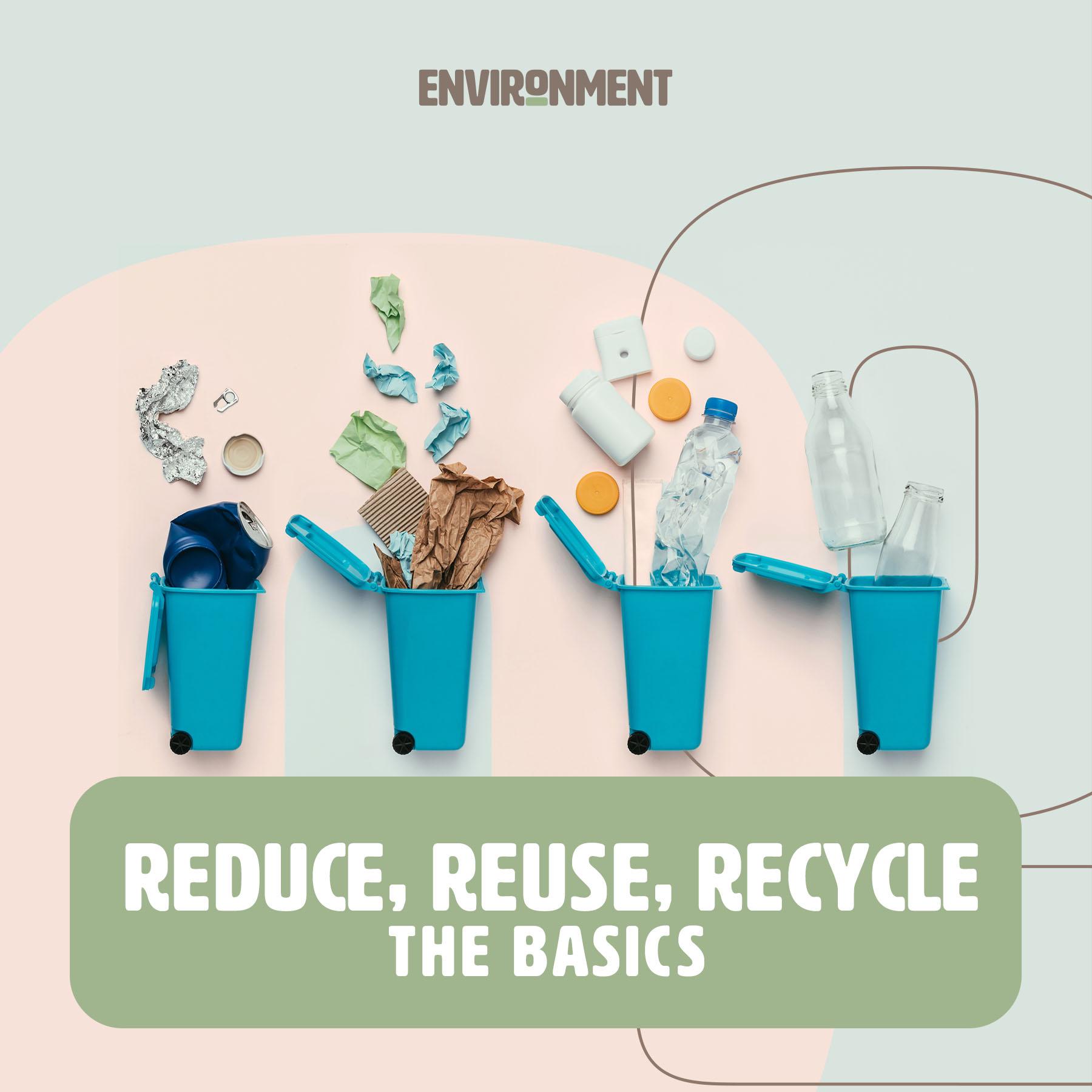
Ever thought of ways to repurpose common household waste? You’d be surprised at some of the creative solutions you can come up with.
For instance, those plastic straws aren’t just for sipping your drink. They can be quite handy for keeping your cables tidy.
- Organise cables using plastic straws
- Clean hard-to-reach spots with old toothbrushes
- Store items around the home in plastic jerry cans and bottles
- Create a new soap bar from soap slivers
Moving on, how about turning shoeboxes into picnic baskets? Or reusing mesh produce bags as pot scrubbers? The possibilities are endless!
- Reuse mesh produce bags as pot scrubbers or jewellery holders
- Transform shoeboxes into picnic baskets
- Repurpose wine bottles as candle holders or soap dispensers
- Use old shopping bags for gift wrapping
The key is thinking creatively. Even repurposing old clothes into cleaning rags can significantly reduce your waste. Remember, every small step counts.
- Cut sponges in half to limit waste
- Fashion old clothes into cleaning rags – efficient and eco-friendly
Composting: Creating Value from Waste
Overlooked, yet impactful, composting is a brilliant method to recycle kitchen and yard waste. This technique transforms organic waste into nutrient-rich soil, perfect for gardening tasks.
The process may sound intimidating, but honestly, it isn’t. It can be incredibly satisfying, especially if you’re someone who enjoys gardening or appreciates the importance of environmental care.
Understanding Composting Basics
In essence, composting is nature’s recycling process. When organic materials such as food scraps and leaves decay properly, they turn into compost, a substance resembling fertile garden soil and packed with nutrients.
This decomposition process is brought about by creating an ideal environment for organisms such as bacteria, worms and fungi. Thanks to these little helpers, we get to accelerate the natural timeline of composting.
Elements of Composting
To foster composting, four important elements are essential – air, water, carbon and nitrogen. Different materials yield different proportions of these elements. Achieving a good balance between them speeds up your composting.
For instance, adding fresh organic material or ‘greens’ like food scraps and grass cuttings provides more nitrogen to your pile. This accelerates your composting by fostering a better environment for decomposers.
On the flip side, browns like dried leaves or paper provide carbon – the food supply for your decomposers. Keeping a balanced mix of greens and browns ensures a healthy ecosystem in your compost pile.
The transformation that happens during decomposition goes beyond just physical changes. What happens is also a biological and chemical transformation with numerous organisms participating at different stages.
Why You Should Compost
By composting at home, you prevent a significant portion of your waste from adding to your local landfill. In doing so, you actively reduce methane emissions, contributing to a decrease in our overall carbon footprint.
Compost is also a natural soil enhancer. It aids in retaining moisture and nutrients while breaking up compacted soil, which helps reduce erosion. Unlike many synthetic fertilisers, compost contains no harmful chemicals.
Composting is an easy way to recycle kitchen scraps and yard debris. It reduces unnecessary waste, rewards you with nutrient-rich soil for gardening uses, and helps significantly cut carbon emissions.
Smart Shopping and Meal Planning
Proper meal planning and shopping smart are two fundamental keys to maintaining a healthy lifestyle while saving some dollars.
Utilising resources designed specifically for meal management can be incredibly helpful in sticking to your budget.
- Nutrition Guides: Resources like MyPlate offer tips for smart shopping and organising your meals efficiently.
- Seasonal Produce: It’s beneficial to know what fruits and veggies are in season, this allows you to buy fresh produce at lower prices.
- Health-conscious Recipes: Find recipes online that are designed to decrease fat, sugar, sodium, and increase fiber content.
- Mediterranean Eating Pattern: Look into eating patterns like the Mediterranean diet which is renowned for its health benefits.
The process of meal planning becomes even more beneficial when you’re prepping meals for special occasions or celebrations.
To reduce food waste and manage consumption, using a grocery list or meal plan can be indispensable tools.
The best approach is to plan your meals before heading out for grocery shopping. This helps avoid unnecessary spending and save time.
You don’t need to be a college student or a chef to plan your meals effectively. Anyone can adapt these strategies, making healthier food choices easier.
Understanding Food Labels for Preservation
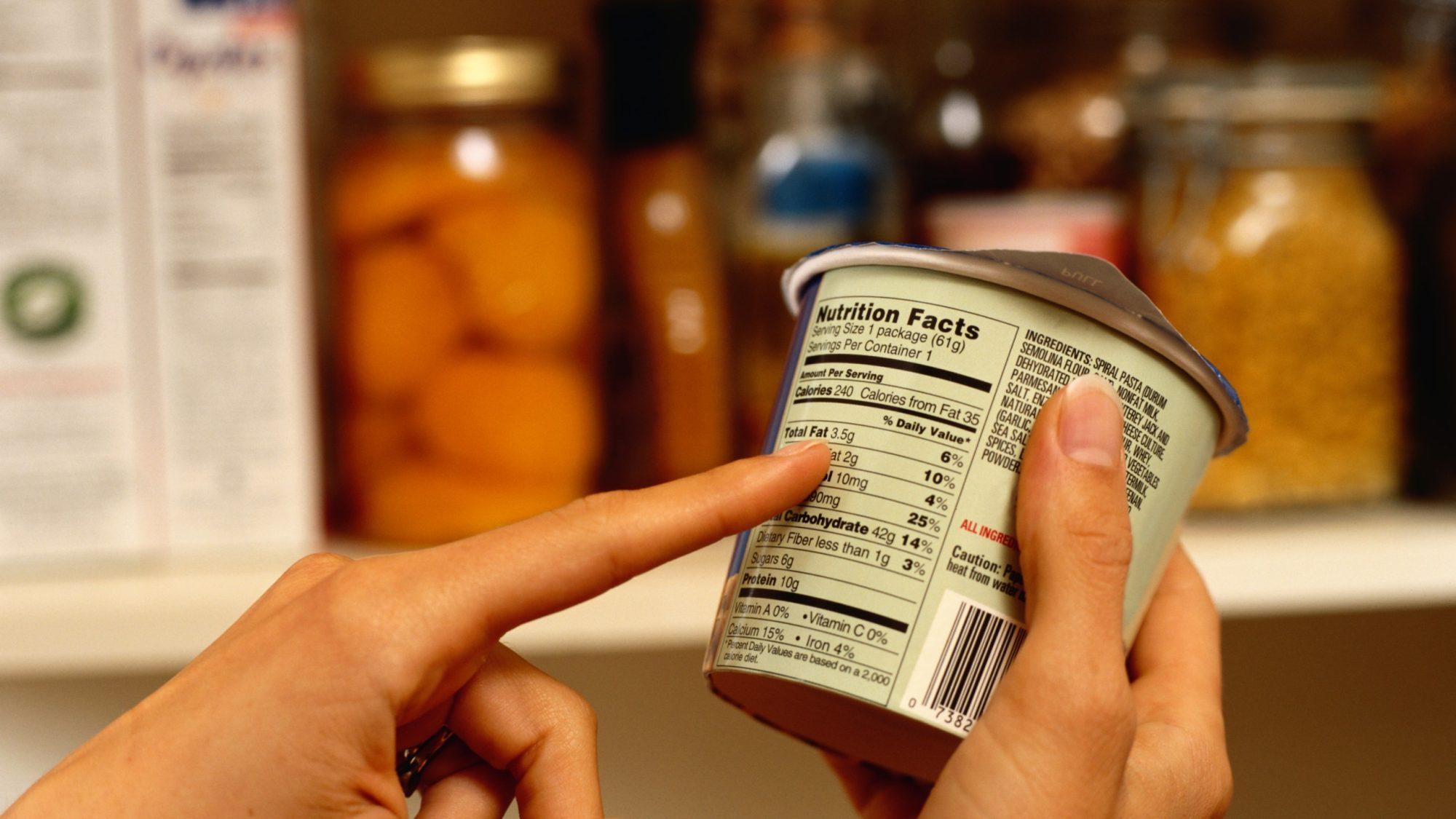
Why is Truth in Labeling, Weights, and Measures important?
Food labels provide authenticity to the product inside. They should be coherent and follow measurement standards, making them easy for everyone to examine.
What about Use-by and Best Before Dates?
To ensure safe consumption, understanding use-by and best-before dates are crucial. They guide you on when food should ideally be consumed or preserved.
What do Warning and Advisory Statements refer to?
These statements alert consumers of potential food allergies or hazards. Observing them assists in safer handling and storage practices.
Are Chemicals in Food a concern for preservation?
Yes. Managing chemicals in food averts contamination, thus ensuring the food remains safe for long-term preservation and consumption.
How does understanding Microorganisms and Foodborne Illness help in preservation?
Knowing about these can help reduce the risk of illnesses caused by food microorganisms. This promotes food safety during its preservation.
How does Chemicals in Food Packaging affect food preservation?
Packaging materials can leach chemicals into the food. Good management of these chemicals ensures safe preservation and consumption.
What is the role of Food Irradiation in preservation?
Food irradiation is a technology that preserves food by killing bacteria, thus extending its shelf life.
Nanotechnology and Food – What’s their relation concerning preservation?
Nanotechnology can influence food texture and shelf life. Understanding this aids in better preserving your food.
What does Approved Novel Foods mean?
Foods using new technologies, like genetic modification, are monitored for safe consumption and preservation.
Why is Irradiation Labelling essential?
This increases transparency about the food irradiation practices, building consumer trust for preserved food items.
Why should one be extra careful with Food Safety for Vulnerable People?
Vulnerable populations face distinct food safety risks. Tailored preservation practices ensure their safety.
What is the importance of Food Safety in Emergencies?
Emergencies demand unique food safety guidelines. These ensure that food is preserved safely even during catastrophic incidents.
Allergen Collaboration – How relevant is it?
This enhances the safety and preservation of food products by improving allergen controls for allergy-prone consumers.
Why should we pay attention to Nutrition Information Panels?
These panels assist consumers in making informed choices about their preserved and consumed food options.
How does Labelling for Consumer Value Issues matter?
Labels communicate crucial food information such as religious dietary restrictions, environmental considerations and animal welfare concerns among others.
How does handling Canned Foods influence their preservation?
Proper handling and storage ensure these foods’ long-term preservation.
Why have a Food Complaints Process in place?
This helps maintain food safety standards by allowing consumers to report concerns affecting preservation.
What role does understanding Food Safety Basics play in preservation?
This knowledge assists consumers in preserving and consuming food safely.
Floods and Food Safety – What’s the connection?
Flood-specific guidelines guarantee consumed food’s safety and that it’s correctly preserved after the flood.
Salmonella Enteritidis (SE) Linked to Eggs – How significant is it?
Understanding SE ensures eggs are properly handled and preserved, avoiding illnesses.
How does handling Cassava and Bamboo Shoots safely matter?
Safe handling and preserving these foods prevents toxic formation during consumption.
Why follow safety practices for Raw Drinking Milk?
This safeguards consumers from foodborne illnesses by ensuring its secure preservation.
Poultry Liver Dishes – Why should we understand their food safety guidelines?
This knowledge helps prevent foodborne illnesses related to these dishes.
Why monitor Key Foods for Additives and Chemical Contaminants?
Monitoring these foods identifies potential contaminants, enabling safe preservation practices.
Risk Analysis for Food Safety – Why bother?
Ongoing analysis guarantees that preservation guidelines remain up-to-date and effective, ensuring your food stays safe.
Turning Leftovers into Delicious Dishes

Got leftovers lying around the kitchen? No worries, mate. We can turn those bits and bobs into a scrumptious meal.
Firstly, you need to shed the idea that leftovers are any less delicious than freshly prepared food.
“Leftovers in your kitchen don’t mean waste. It’s an opportunity to create something new.”
Why toss them when we can toss ’em in a pan instead? Let the creativity flow and whip up something unique.
Got mashed potatoes from dinner? They can easily be turned into a potato pancake for breakfast.
That last slice of roast beef is perfect for a tasty sandwich. Pair it with some cheese and relish, and you’re golden!
Remember, it’s all about changing our perspective. The so-called waste in our kitchens can become the star ingredient of our next meal.
So, let’s start transforming those leftovers into fantastic dishes today, shall we?
Embracing Imperfect Produce and Reducing Waste
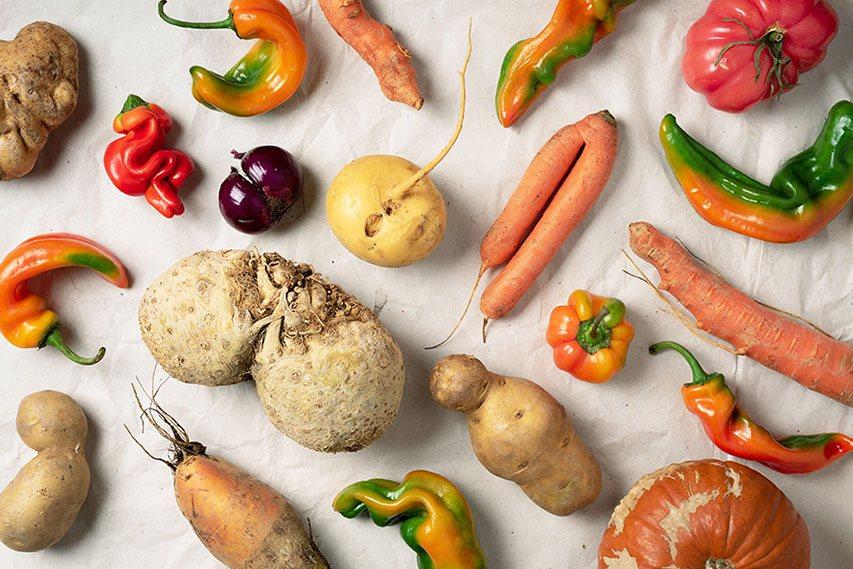
Imperfect produce can be a game-changer when it comes to reducing kitchen waste. These fruits and vegetables, although not picture-perfect, are nutritious and tasty.
Australian supermarket chain, Coles has launched an ‘Im Perfect’ range, proudly offering such produce at lower prices. It’s a winning strategy for reducing food waste.
- Buy the ‘Im Perfect’ range: Not only will you get more value for your money, but you’ll also contribute to the reduction of food waste.
- Learn to use it: These odd-shaped fruits and vegetables can be used in tasty dishes. There’s no need to discriminate based on shape or size.
- Promote the idea: Sharing your experience with imperfect produce can encourage others to embrace this approach, further reducing wastage.
Incorporating imperfect produce into your everyday meals is a simple yet effective way to minimise household waste. Remember, it’s not about looks – it’s about taste and nutrition.
Improving our environment starts at home. Making small changes like embracing ‘Im Perfect’ products can go a long way towards reducing kitchen waste and promoting sustainability.
Using Technology to Combat Food Waste
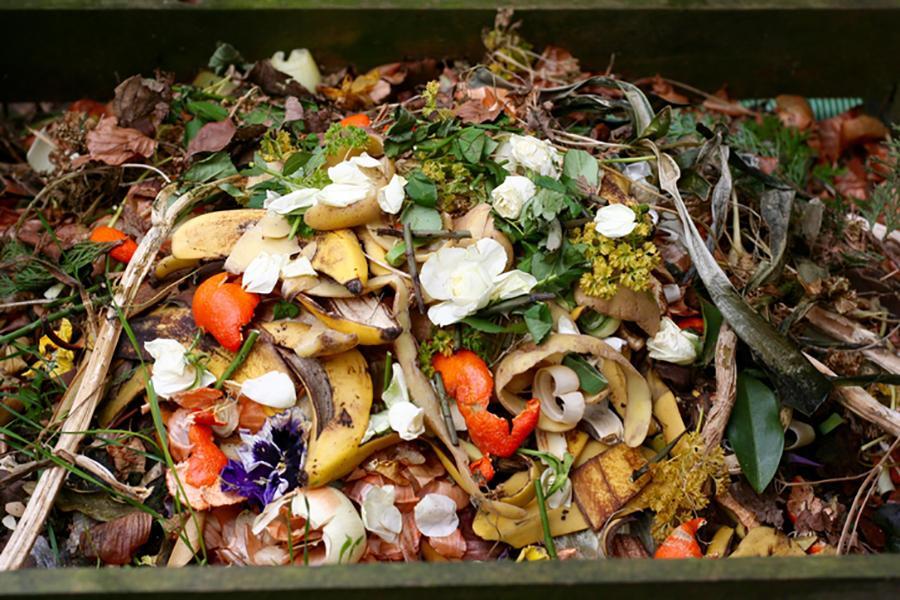
Food waste can be curbed through the use of technology. One effective method is through shelf life extension technologies. These systems work to preserve food longer.
Smart packaging is another vital tech advancement. Time-temperature indicators and modified atmosphere packaging help maintain food freshness for extended periods.
Technologies for recycling aren’t far behind. Anaerobic digestion and black soldier fly larvae are used for biogas production and producing high-protein animal feed respectively.
| Technology | Use |
|---|---|
| Food Waste Reduction Tech | Extend shelf life, smart packaging |
| Recycling & Reusing Tech | Biogas production, animal feed production |
| Food Redistribution Tech | Food sharing apps, online platforms for food rescue |
| AI and Agriscience Solutions | Predictive analytics, IoT devices, AI-powered apps, Agriscience techniques |
| Emerging Tech | Waste tracking cameras, mobile apps, devices for extending shelf life |
| Food Waste Recycling Systems | Anaerobic digesters, composting systems |
| Industry & Policy Improvements | Improving supply chain efficiency, consumer education |
| Technological solutions to food wastage. | |
This table provides a handy overview of the diverse tech solutions employed in the battle against food waste.
Food waste tracking systems such as digital scales and cameras are also part of the technological fight. These tools help monitor and control waste levels.
Moreover, tech-driven food waste diversion methods for composting facilities, anaerobic digestion, and food banks have proven to be quite effective.
Furthermore, food redistribution through tech is a growing field. This includes food sharing apps and mobile food banks that redistribute surplus food.
Community refrigerators and online platforms for food rescue also play a big role in the redistribution of food, reducing overall waste.
Community Initiatives and Food Donations

As Aussies, we’ve witnessed large numbers of households struggle with food shortages. To combat this, several local initiatives have sprung up.
One shining example is Australian charity, Foodbank. Serving as the pantry for other charities nationwide, their contribution has been immense.
- Food for millions: Last year, Foodbank managed to provide an astonishing 92 million meals.
- Affordable donations: Every dollar donated to Foodbank translates into two meals. Making every cent count and directly addressing hunger in our communities.
Such initiatives not only provide immediate relief but also inspire community participation in combating food wastage and hunger.
Meanwhile, being mindful of our kitchen waste can significantly help. Informative resources are available to educate us on reducing waste and improving kitchen efficiency.
Together, we can make a difference—because in the end, solutions tailored to our needs begin at home.
Policies and Incentives for Managing Waste
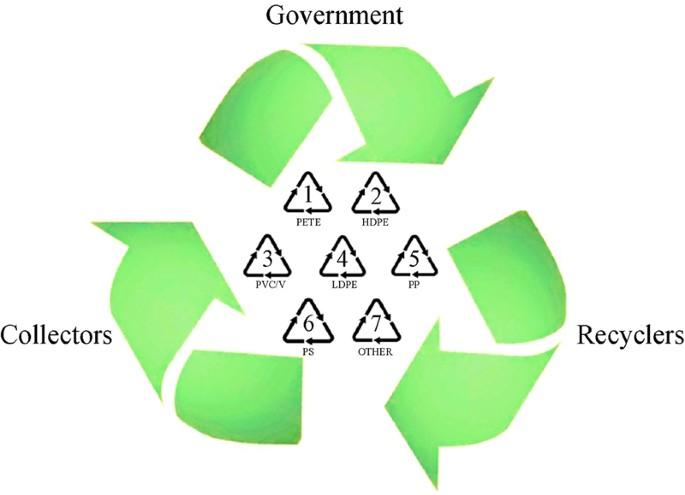
Managing kitchen waste effectively is a challenge. However, there are groups worldwide offering unique solutions.
Feedback Global, for instance, stands out with their sustainable ways of dealing with food surplus.
Aiding Food Processors
Sustain, another organisation, has greatly assisted London-based food providers and wholesalers to link up with local chicken and pig farmers.
This brilliant initiative strengthens community ties while sustainably managing waste.
Addressing Collection Service Gaps
There’s a noticeable shortage of legal collection services for food waste suitable for animal feed, from brewing grains to leftover bread.
This appears as an open opportunity for those interested in starting environmentally friendly businesses.
Influence of Government Policies
Government policies play a key role in waste management – by increasing landfill prices for food waste, they can enforce better waste disposal practices.
This financial incentive would encourage more responsible behavior towards kitchen waste disposal.
Raising Awareness and Changing Kitchen Behaviours
There’s no denying the big role collective action plays in preserving our planet. It’s not just about governments and businesses; every individual has a part.
Our actions at home, especially in the kitchen, could significantly affect our environment.
Plastic Pollution: The Kitchen Culprit
One major issue is plastic pollution. It’s not uncommon to find kitchens filled with single-use plastic items.
EARTHDAY.ORG campaigns for a 60% reduction in total plastic production by 2040. A clear indicator that we need to rethink our kitchen habits.
Kitchen sustainability: Your Contribution Matters
The fight against fast fashion is another battle that starts at home. Though not directly linked to the kitchen, it shows how much impact our daily choices have.
We can all learn more about these issues and solutions by engaging with resources such as quizzes, toolkits and factsheets available online.
Climate Education: Key to Change
A big part of changing kitchen behaviours lies in education. Knowing more about climate change allows us to make better, greener choices in our kitchens, and beyond.
No matter how small your contribution seems, joining forces with organisations like EARTHDAY.ORG help create a sustainable future for everyone.
Waste No More
Optimising your kitchen’s waste management system is a breeze with the right tools. Prioritise separating recyclables, composting organics, and compacting the rest for efficient disposal. A suitable bin system not only keeps your kitchen clean and odour-free but also contributes to Australia’s environmental preservation efforts. Remember, every small effort counts towards a cleaner, greener Down Under.
- Smart Plumbing Innovations – Tech Trends for Your Kitchen - September 2, 2024
- Plumbing and Ventilation Tips for a Healthy Kitchen - August 25, 2024
- Preventing Clogs. Best Practices for Kitchen Drain Maintenance - August 2, 2024
Related posts:
 Smart Kitchen Tech that’s Making Life Easier for Australian Cooks
Smart Kitchen Tech that’s Making Life Easier for Australian Cooks
 Creating a Sustainable Kitchen – Eco-Friendly Design Ideas for Australia
Creating a Sustainable Kitchen – Eco-Friendly Design Ideas for Australia
 Simple Plumbing Tips for Trouble-Free Kitchen Operations
Simple Plumbing Tips for Trouble-Free Kitchen Operations
 The Rise of Smart Kitchens. Tech Integration for Aussie Cooks
The Rise of Smart Kitchens. Tech Integration for Aussie Cooks
 Plumbing Perfection: Tips to Maintain Your Aussie Kitchen’s Lifelines
Plumbing Perfection: Tips to Maintain Your Aussie Kitchen’s Lifelines
 Insider’s Guide: Understanding Your Kitchen Plumbing System
Insider’s Guide: Understanding Your Kitchen Plumbing System



